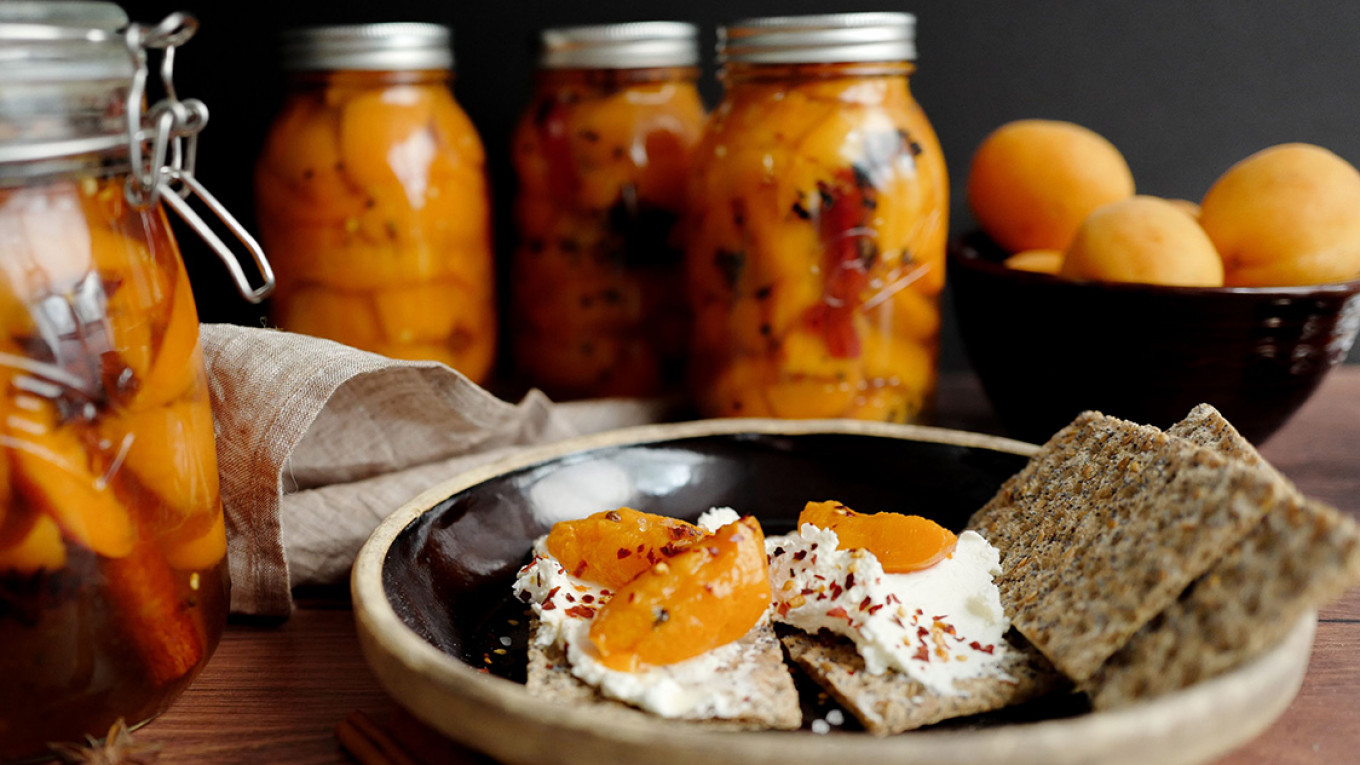When Americans finally grasped that COVID-19 was actually a thing, a particular subset of the population emerged from the bowels of the internet, crowing the equivalent of “Toldja So!” on YouTube. These were the Preppers, who believe that the destruction of life as we know it is just around the corner. Be it from a breakdown of law and order, a global health emergency, or an international economic collapse, Preppers caution that only the truly prepared will survive the coming chaos. They crank out videos on how to construct an Armageddon-proof bunker, stockpile firearms, and lay in an adequate supply of food, water, batteries, and (oddly, but understandably) socks to weather the imminent Apocalypse.
I found the Preppers luridly intriguing. Unlike the gun stockpile stuff, which bothered me, the food side of Prepping was fascinating — I love a good menu plan, and I ended up spending far too much time glued to tours of underground bunkers lined with plastic tubs designed for driveway ice or drywall mud, filled instead to the brim with packets of “nutrient dense” freeze dried meals made by companies like “My Patriot Supply” and “Black Hawk Survival.” Clicking through to their websites, I learned that the tubs included everything from cheesy lasagna to something called simply “a meat bucket,” each with a 25–30-year shelf life.
Imagine for a moment a 25-year-old rehydrated cheese lasagna. It is enough to make you welcome the four horsemen of the Apocalypse with open arms.
But as I settled into lockdown life, and reached nervously into the depths of my freezer for a half-forgotten pan of my own cheesy lasagna, I wondered if the Preppers weren’t on to something? I have never seen the point of an arsenal of firearms in my basement, but the notion of a well-stocked pantry has lots of appeal, particularly in the middle of a pandemic.
In time, I found a far more appealing type of pantry stocker: the Homesteader, who pursues the same general goals of self-sufficiency as the Prepper, but without the sense of imminent world collapse, and certainly with fewer guns. There is a less-is-more/minimalist vibe about the Homesteader that is deeply appealing, and their food storage set up is far more Instagramable: think rustic whitewashed root cellars complete with an impressive collection of camera-ready Ball jars, their jewel-toned contents gleaming in the subterranean gloom.
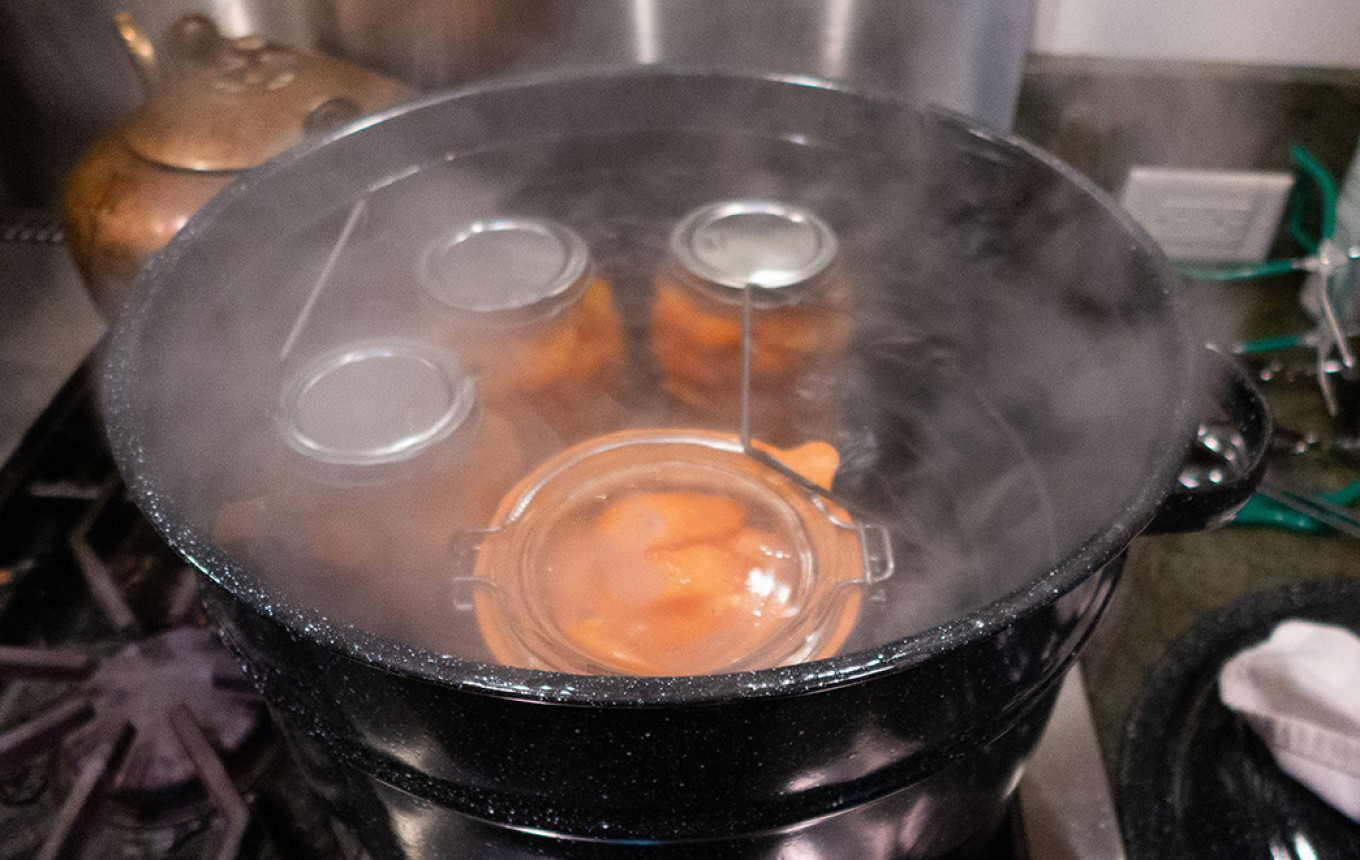
It was then that it occurred to me that between the agitated Preppers and the blissed-out Homesteaders was a type much closer to home: the Russian Dachnik, or country cottage dweller. For them, the urge to stuff 10-kilo bags of potatoes under the bed and gloat over 400 jars of strawberry jam is simply baked into the national character. And is it any wonder? A harsh climate and often unstable economy has led to a perpetual cycle of scarcity and glut; in pre-revolutionary Russia, legal access to the fruits of the forest and hedgerows, such as mushrooms and berries, more often than not meant the difference between starvation and survival during the long winters for serfs and peasants, as did the yield from their own small cottage gardens. Many of the 21 st-century descendants of these agricultural laborers still rely on root vegetables cultivated on small dacha plots, as well as pickles, jams, and jellies, put up during the short but intense summer season. Adults in Russia today still recall the slogan of the Soviet era youth group – the Pioneers – to be “Always Prepared!”
Buying a canning kettle in May 2020 completed my transition to full-fledged Dachnik, something I never in my wildest dreams imagined would happen — I have a chapter in my first book, “Lenin Lives Next Door” entitled “Why I Hate Dachas and You Should Too.” And yet here we are: I’ve become that person who spends a perfectly good summer weekend topping and tailing fruit, stuffing it into sterilized jars and processing it in an enormous kettle on the stove. And then, like a good Dachnik, I gloat over my own jewel-toned rows of jars, gleaming from the shelves of my pantry.
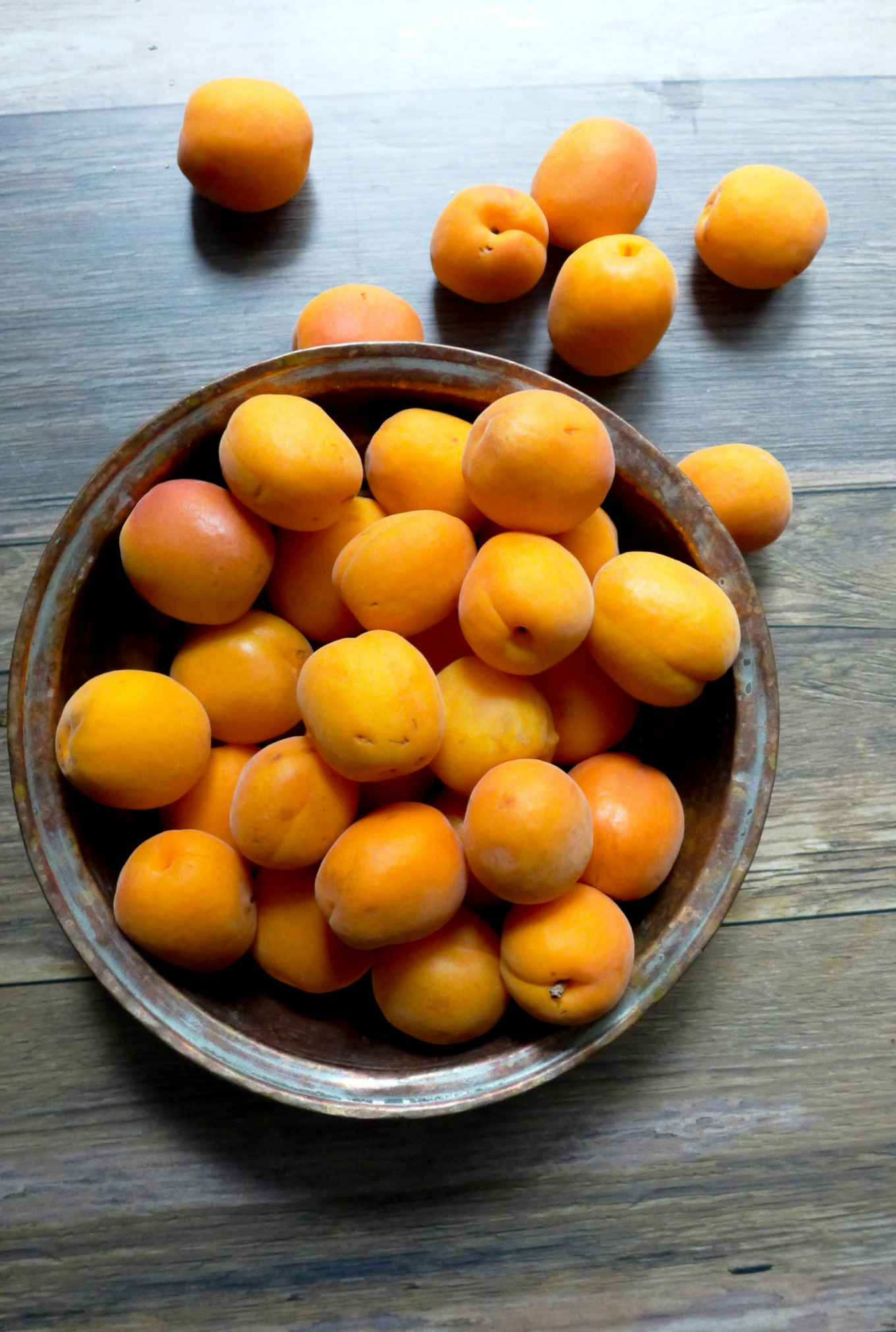
Canning fever has me in its thrall at the moment: apricots are at their peak — that shortest and sweetest of all the stone fruit seasons. I am determined to make the most of the apricots while they are here and every day begins with an expedition to score the ripest and best of them. Some get eaten just as they are, while others have gone into jam, cakes, (stay tuned!) puddings, and now pickles.
That’s right. Pickles.
Or rather, “soused” (мочёные) apricots, which doesn’t sound as sexy, but is the correct term for preserving fruit in a sour brine. Although apples and tomatoes are more common in Russia, apricots work equally well, mingling all of that golden sweetness with a sweet but tart brine. This is an age-old traditional technique, but the recipe below introduces a few non-traditional ingredients to make it interesting. I used sweeter white balsamic vinegar instead of the traditional white vinegar, and I added Japanese Mirin for an additional flavor. Sichuan peppercorns and Chinese chilis add heat, and Star Anise, cinnamon, coriander, and allspice enhance the flavor
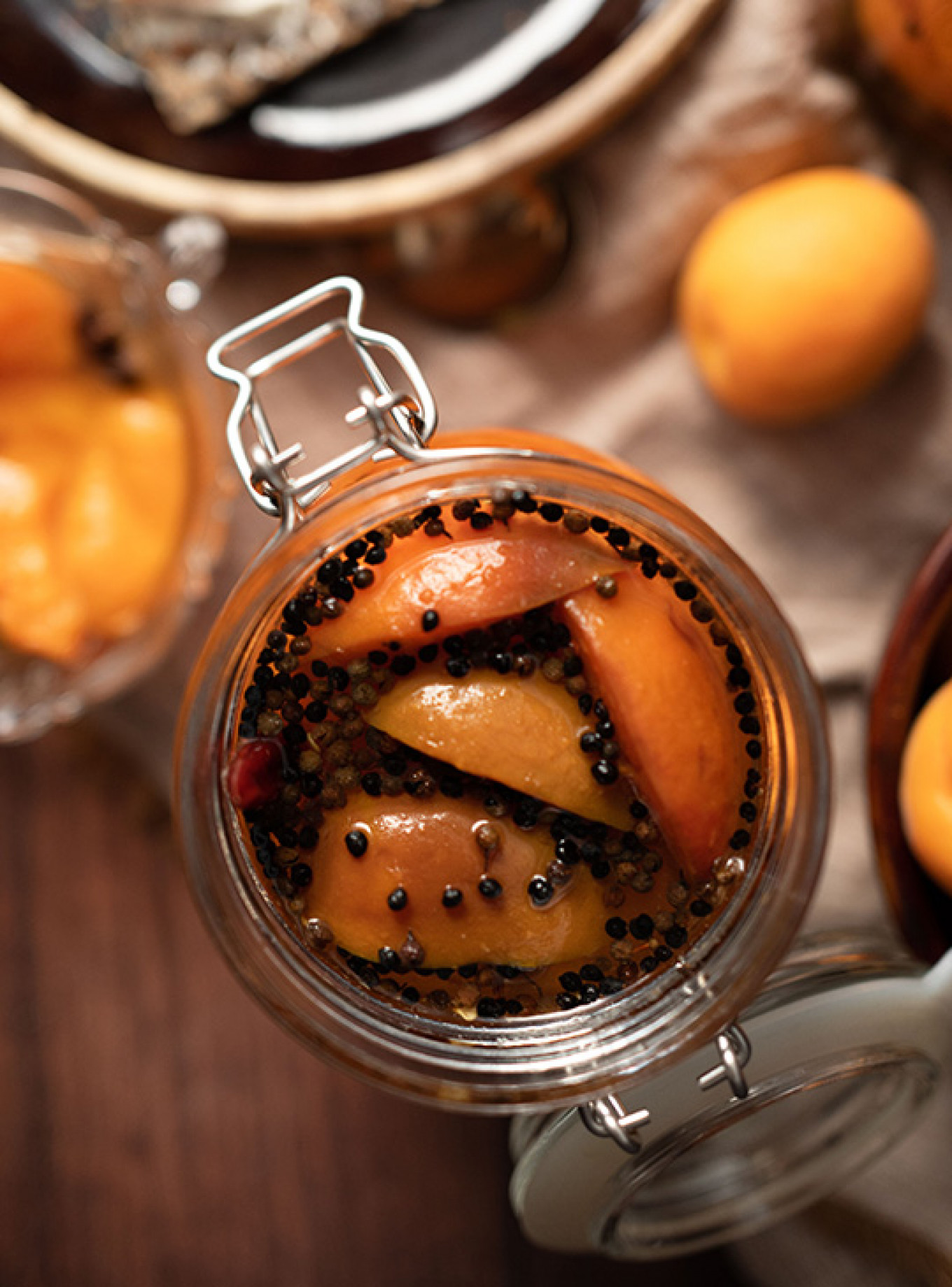
If you don’t have a canning kettle, don’t let that deter you — as I was perfecting this recipe, I made several batches of the “quick” refrigerator version and they are well worth the effort. You can use these pickles as you might a jar of chutney: they pair beautifully with pork and lamb dishes, add a dash of zing to buckwheat, or elevate a simple lunch of soft cheese on flat bread into an elegant crostini. Pair them with gouda or brie on a cheese platter, or add them on top of Greek yogurt for a refreshing snack.
Dare one say it, with a jar of these pickled apricots…like a good Pioneer, you’ll be ready for anything. Maybe not Armageddon, but certainly your first post-pandemic gathering.
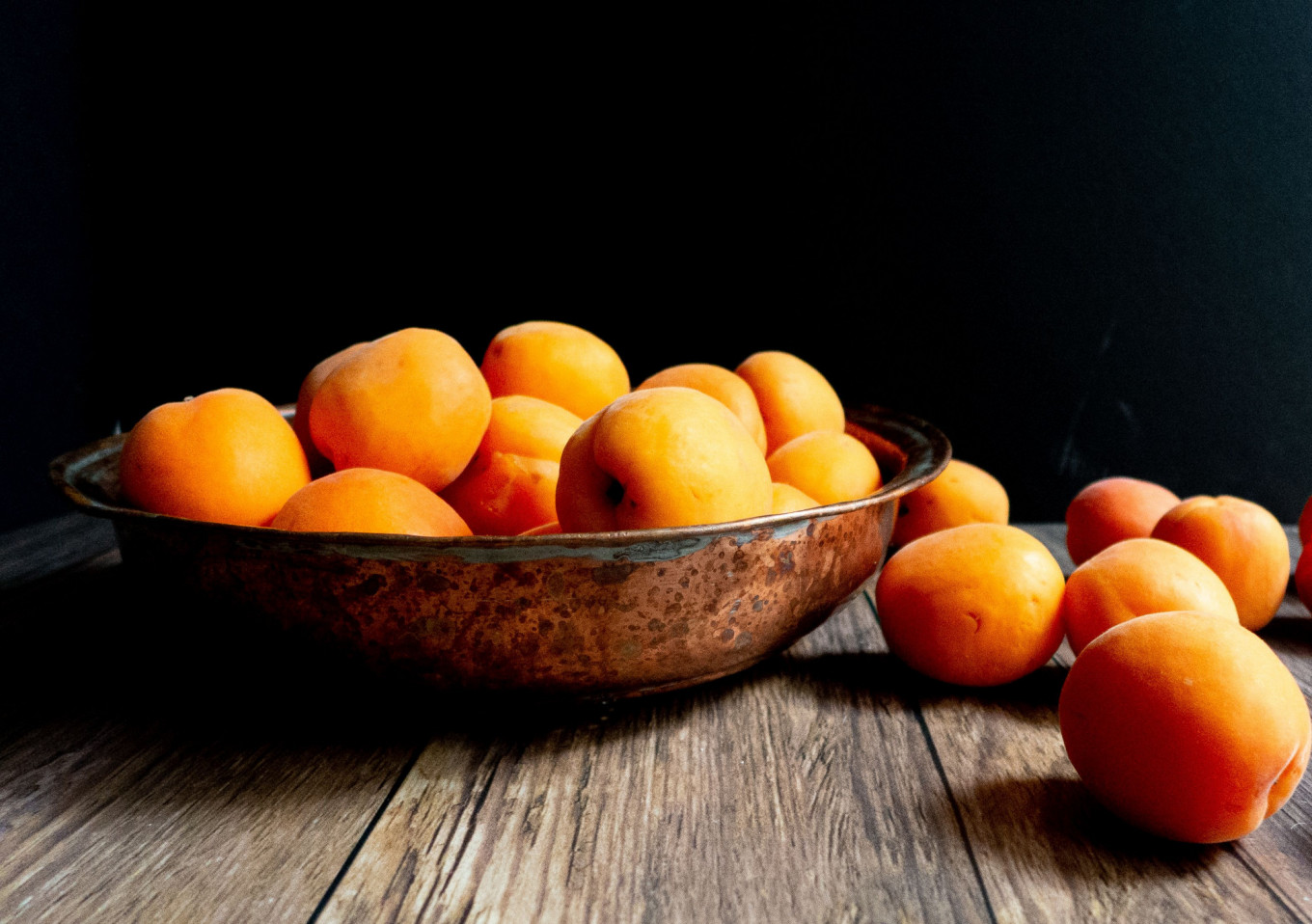
Spicy Soused Apricots
Yield: Two 32-oz (900 ml) jars of pickles
Ingredients
- 15-17 ripe apricots, washed and quartered, pits removed
- 2 Tbsp coriander seeds
- 1 Tbsp allspice
- 2 Tbsp Sichuan peppercorns
- 2 cups (475 ml) white balsamic vinegar
- ½ cup (118 ml) Japanese mirin
- 2 cups (475 ml) water
- ½ cup (118 ml) honey
- 1 ½ cup (354 ml) sugar
- 2 Tbsp sea salt
- 2 dried Chinese chili (optional but recommended)
- 6 star anise
- 2 cinnamon sticks
- Zest and juice of one blood orange
- 2 bay leaves
Instructions
- Combine the coriander seed, allspice, and Sichuan peppercorns in a skillet and gently toast over medium heat until their odor amplifies. Crush with a mortar and pestle and set aside.
- Sterilize two 32-oz canning jars and their lids in boiling water. Divide the toasted spices, chili, star anise, bay leaves, and cinnamon sticks evenly between the jars. Fill the jars with the quartered apricots, leaving ½ inch of head space.
- Combine the vinegar, mirin, water, honey, sugar, salt, and orange juice and zest in a saucepan and bring to a simmer, stirring until the sugar and salt dissolve. Allow the liquid to cool for 5 minutes, then pour it into the filled jars. Remove the air bubbles with a flat knife.
- If you are making “quick” or refrigerated pickles: allow the mixture to come to room temperature, then affix the lid and store in the refrigerator for at least 72 hours before enjoying. The pickles will keep for up to two weeks in the refrigerator.
- If you are making classic pickles for the pantry: bring a canning kettle filled with water to a rolling boil. Wipe the neck of the jars with a clean, damp towel and affix the lids until they are almost tight, but with a bit of give left. Process the jars for 10 minutes. Carefully remove the jars to a flat surface lined with a cloth and cool to room temperature. Tighten the lids securely and store in a cool, dark place for at least 30 days. Once opened, keep refrigerated.
Recipe adapted from Better Homes & Gardens.

A Message from The Moscow Times:
Dear readers,
We are facing unprecedented challenges. Russia's Prosecutor General's Office has designated The Moscow Times as an "undesirable" organization, criminalizing our work and putting our staff at risk of prosecution. This follows our earlier unjust labeling as a "foreign agent."
These actions are direct attempts to silence independent journalism in Russia. The authorities claim our work "discredits the decisions of the Russian leadership." We see things differently: we strive to provide accurate, unbiased reporting on Russia.
We, the journalists of The Moscow Times, refuse to be silenced. But to continue our work, we need your help.
Your support, no matter how small, makes a world of difference. If you can, please support us monthly starting from just $2. It's quick to set up, and every contribution makes a significant impact.
By supporting The Moscow Times, you're defending open, independent journalism in the face of repression. Thank you for standing with us.
Remind me later.



